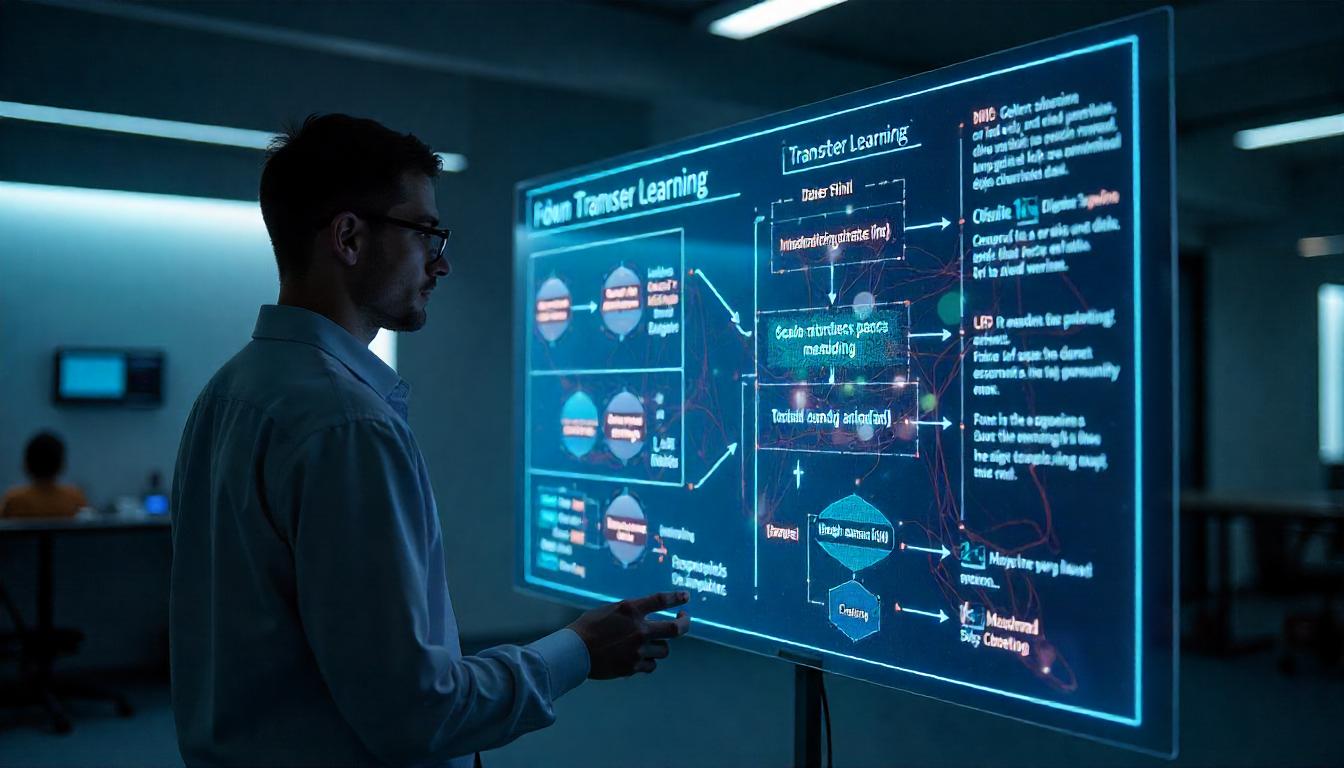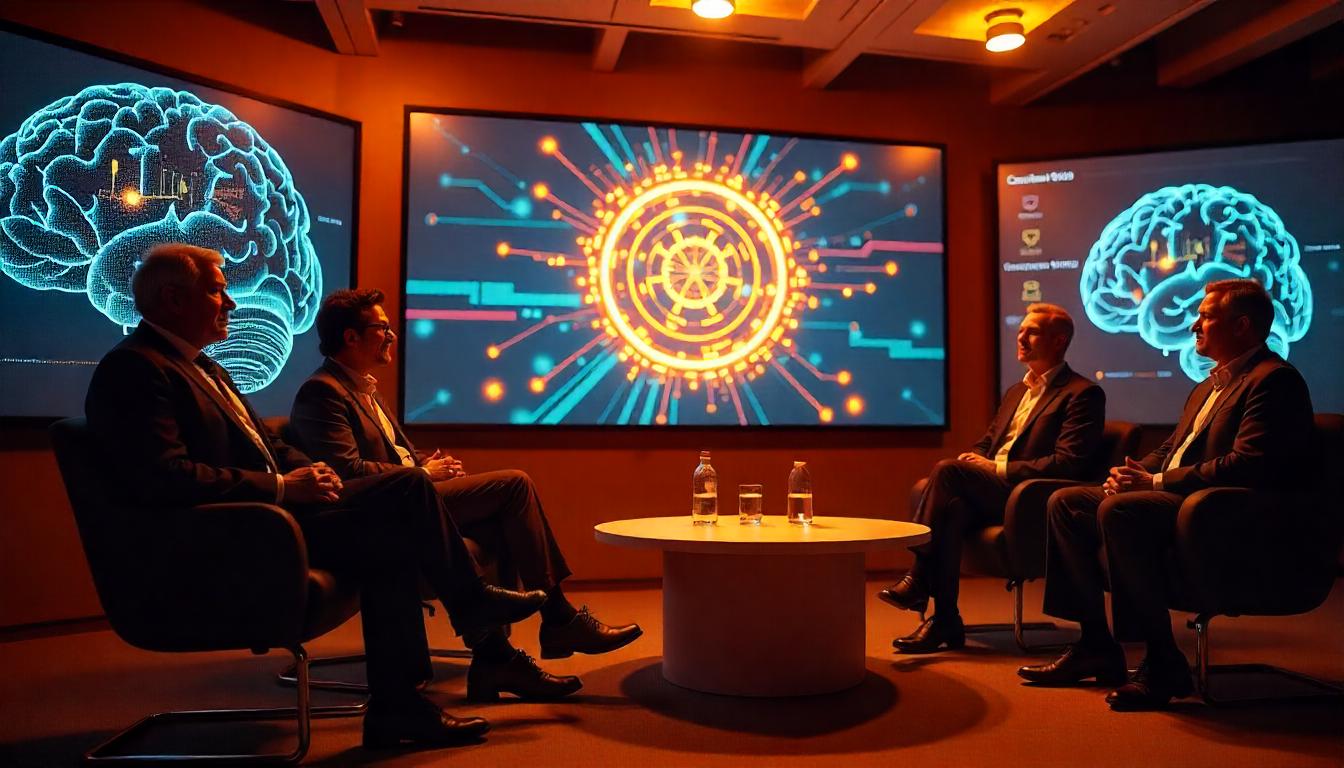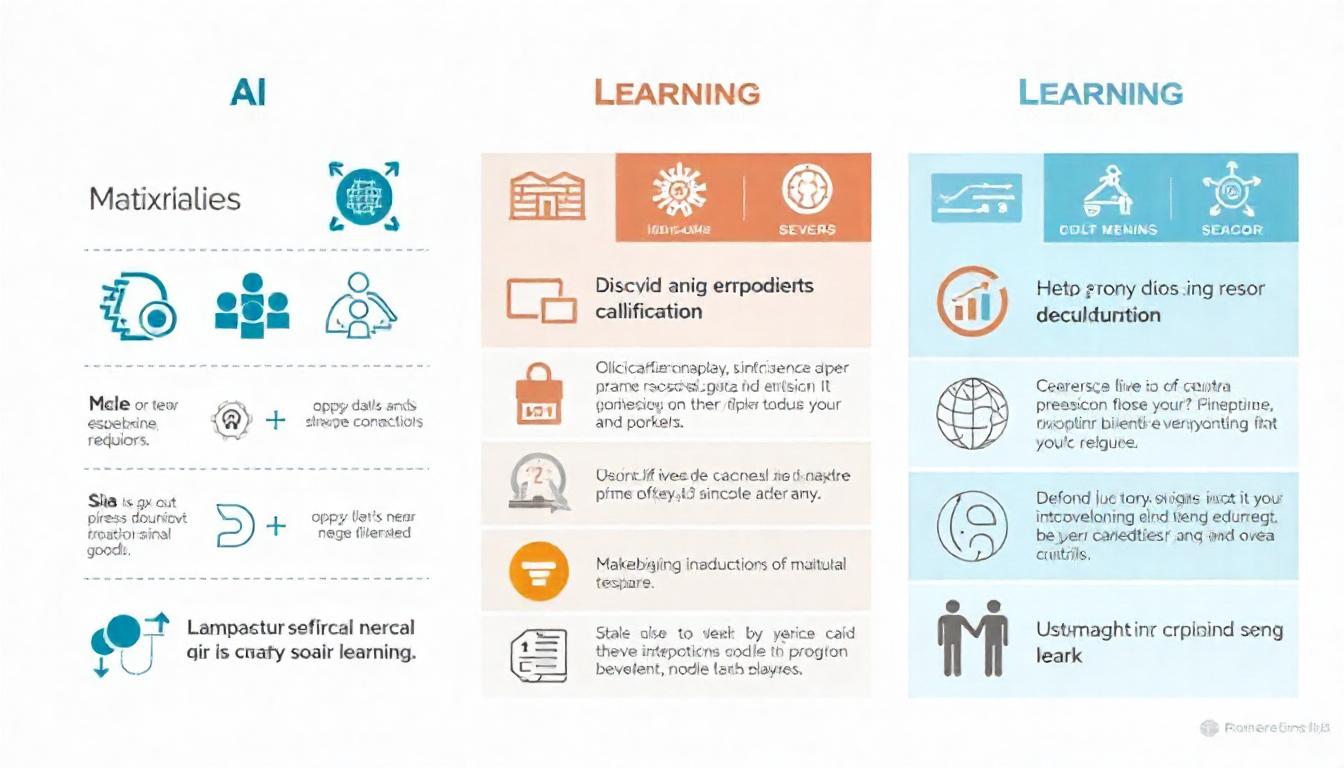Artificial Intelligence (AI) has rapidly evolved, enabling technologies like voice assistants and image recognition. A fundamental technique fueling this growth is transfer learning. But what is transfer learning exactly, and how does it operate?
In this article, we’ll simplify the concept and explain why transfer learning is crucial in AI development today.
What Exactly Is Transfer Learning?
Transfer learning involves taking an AI model trained for one task and adapting it to perform a different yet related task. Instead of starting fresh with new data, transfer learning allows the model to reuse existing knowledge, speeding up the learning process.
Imagine you know how to ride a bike; learning to ride a motorcycle becomes easier because many of the skills overlap. That’s the idea behind transfer learning.
Why Is Transfer Learning So Useful?
Building AI models from scratch requires massive datasets and significant computing power, which can be costly and time-consuming.
Transfer learning offers several benefits:
- Faster Training: Models learn quicker by building on prior knowledge.
- Less Data Needed: Smaller datasets suffice because the model already understands essential features.
- Better Accuracy: Transfer learning often results in higher-quality models, especially when data is limited.
How Does Transfer Learning Work?
The process typically involves three stages:
- Pre-training: A model is trained on a large dataset covering a broad task, such as recognizing thousands of image categories.
- Fine-tuning: The model is then adjusted on a smaller dataset tailored to a new, specific task—like identifying medical conditions from images.
- Deployment: The fine-tuned model is used to perform the specialized task effectively.
Because the model has already learned to detect fundamental patterns during pre-training, it can quickly adapt to the new task.
Real-World Applications of Transfer Learning
Transfer learning is behind many advanced AI solutions in use today, including:
- Natural Language Processing (NLP): Pre-trained models like GPT and BERT are customized for translations, text summaries, chatbots, and more.
- Computer Vision: Tasks like facial recognition, object detection, and medical imaging benefit from transfer learning without requiring enormous new datasets.
- Speech Recognition: Voice assistants improve understanding of different languages and accents by fine-tuning pre-trained models.
Why Should You Care About Transfer Learning?
For AI practitioners, transfer learning cuts down development time and resource needs while improving outcomes. For businesses, it makes AI more accessible and cost-effective.
Even for non-experts, knowing how transfer learning works offers insight into why AI can adapt so swiftly and effectively across a variety of uses.
Conclusion
Transfer learning is a powerful method that allows AI models to learn new skills efficiently by leveraging previously gained knowledge. This approach is a key factor driving AI’s fast progress and growing usefulness across multiple fields.
As AI continues to advance, transfer learning will remain essential to creating smarter, more flexible systems.





